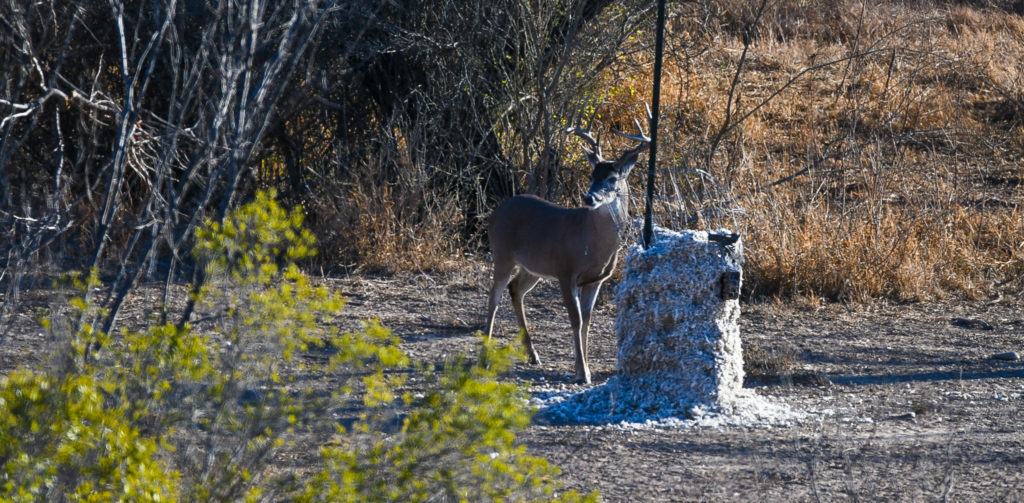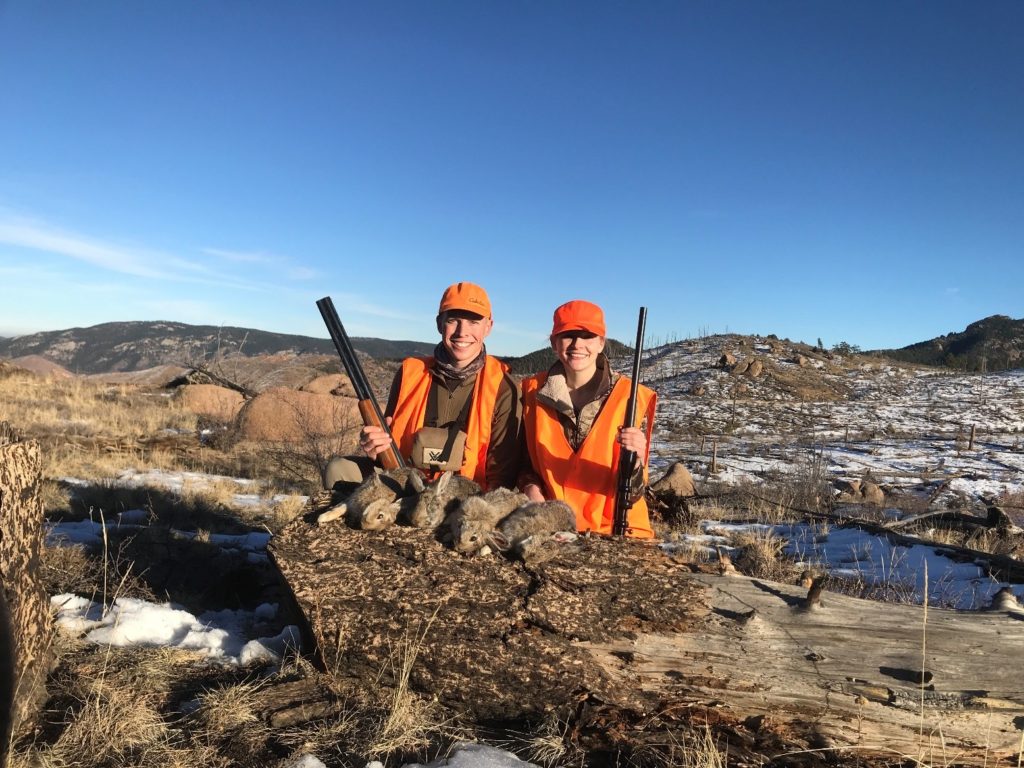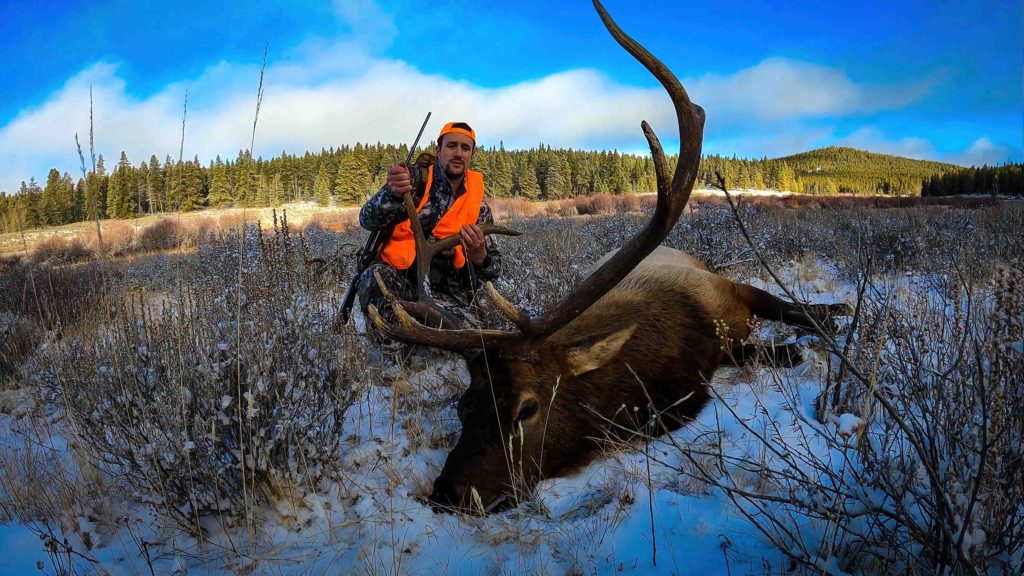Huisache is a prolific native Texas deciduous Tree and, for those of us who hunt in South Texas, it’s a blessing in a thorny hat!
Huisache is a native acacia tree that evolved to survive in our harsh Texas climate. Extreme heat tolerances, minimal water requirements, help give it the ability to adapt and thrive in almost all our local biospheres. From the rocky and arid west Texas hills to the lush and damp river bottoms in central Texas, the Huisache is an amazing resource for Native wildlife.
Huisache Facts
Huisache are extremely fast-growing plants that can grow 2-4 feet a year. They have feathery doubly compound leaves with 10-18 pairs of tiny secondary leaflets and large thorns along the branches. These thorns are often inches long and provide nesting and protection for hundreds of native animals.
A single Huisache tree can produce hundreds of thousands of seeds each year. The seeds form in bean shaped pods and litter the ground underneath. Providing a plentiful food source for dove, turkey, javelina and whitetail deer. It also produces springtime blooms that provide plenty of nectar and food for hummingbirds and a variety of insect life.
A Food Source
Those familiar with hunting in southwest Texas will know that reliable food sources are hard to find. While supplemental feed can be expensive during droughts and hot summers. Huisache, according to TAMU, consists of an astonishing 27% Crude Protein in the dry summers and has a DMG (Dry Matter Digestion) rate of 59-67%!
Supplemental Diets
The protein pellets many ranchers feed their wildlife has between 14-20% crude protein. While the proteins in these pellets have a higher DMG level (the best of which is around 80%). They also come at exorbitant prices and require transport, constant feeding, and expensive mechanical feeders. At the time that I’m penning this article, the current prices for a 50lb bag of generic 20% protein pellets is $17/bag.
The big thing in Texas is whole Cotton seed (WCS), which is a common form of natural protein feed on game ranches these days. WCS has a crude protein content of 20-30% depending on the quality of the seed. The DGM of whole cotton seed in white tail deer is 50-55%. WCS does not require a fancy feeding system and is much more resilient to rain and bugs than protein pellets. A simple cattle fence circle is the most common method of feeding. At the time of this article, the price for a 50lb bag of WCS is between $12.50 and $16 a bag before tax, transportation and feeding costs.
Natural and Cheap
There are other factors involved when choosing the best supplement for your wildlife, like fat content, phosphates, and minerals. But it’s important to acknowledge some of the present and plentiful sources on your property! Huisache, in my opinion is by far the greatest of these. A rancher can cultivate this natural food source that’s fast growing, resilient, and self-replenishing! Best of all, they can do this in some of the harshest areas in Texas at little or no additional cost.
I hope this simple breakdown of the Huisache’s value to hunters opens your eyes to some of the more efficient and self-replenishing food sources available here it Texas! If there are any other plants or food sources you would like a more in depth look at in the future, please leave a comment below or reach out to the SJ team via social media or email. We are passionate about the outdoors and would love to help you discover new things in the future!


